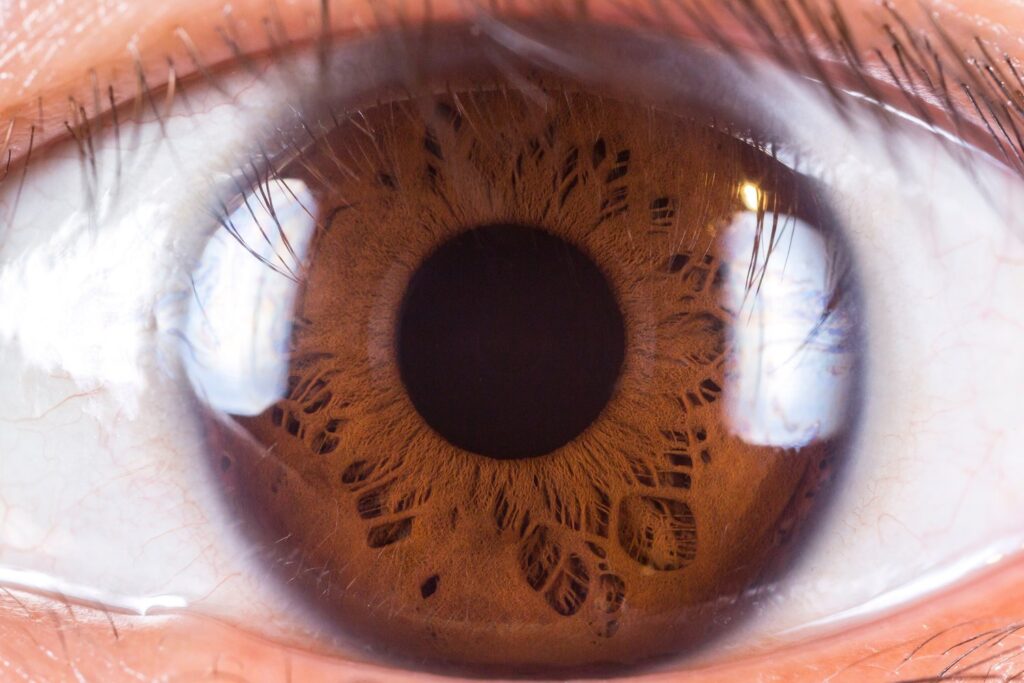Cycloplegia is a condition characterized by the paralysis of the ciliary muscle within the eye, leading to a loss of accommodation—the eye’s ability to focus on near objects. This paralysis results in blurred vision and difficulty focusing on close-up tasks. Understanding the etiology, clinical manifestations, and management options for cycloplegia is essential for effective diagnosis and treatment.

Anatomy and Physiology of Accommodation
Accommodation is the process by which the eye adjusts its optical power to maintain a clear image on the retina as the viewing distance varies. The ciliary muscle plays a pivotal role in this mechanism. When viewing near objects, the ciliary muscle contracts, causing the lens to become more convex, increasing its refractive power. Conversely, for distant objects, the muscle relaxes, flattening the lens. In cycloplegia, this muscle becomes paralyzed, rendering the eye incapable of adjusting the lens curvature for near vision.
Causes of Cycloplegia
Its an arise from various factors, including:
- Neurological Disorders: Certain neurological conditions can impair the function of the ciliary muscle, leading to cycloplegia. For instance, lesions affecting the oculomotor nerve can disrupt parasympathetic innervation to the ciliary muscle, resulting in its paralysis.
- Trauma: Injuries to the eye or orbit can damage the ciliary muscle or its nerve supply, leading to cycloplegia.
Symptoms
The primary symptoms associated with cycloplegia include:
- Blurred Near Vision: Difficulty focusing on objects up close due to the loss of accommodation.
- Photophobia: Increased sensitivity to light, especially if cycloplegia is accompanied by pupil dilation (mydriasis).
- Eye Strain: Discomfort or fatigue in the eyes, particularly during tasks requiring near vision, such as reading or computer work.
Diagnosis
Diagnosing cycloplegia involves a comprehensive eye examination, which may include:
- Refraction Assessment: Determining the eye’s refractive error both with and without cycloplegic agents to evaluate the extent of accommodation loss.
- Pupil Examination: Assessing pupil size and reactivity to light, as cycloplegia can be associated with mydriasis.
- Ocular Motility Tests: Evaluating eye movements to identify any associated neurological deficits.
Management of Cycloplegia
The management approach for cycloplegia depends on its underlying cause:
- Drug-Induced Cycloplegia: If caused by cycloplegic agents, the condition is typically temporary and resolves as the drug’s effects diminish. Patients should be advised to avoid activities that require clear near vision until accommodation returns.
- Neurological or Traumatic Causes: Addressing the primary condition is essential. This may involve medical or surgical interventions to restore nerve function or repair structural damage.
- Symptomatic Relief: Prescribing corrective lenses, such as reading glasses or bifocals, can aid in near vision tasks during the recovery period.
Prevention and Precautions
To minimize the risk of cycloplegia:
- Judicious Use of Cycloplegic Agents: Healthcare providers should use the lowest effective dose and inform patients about potential temporary vision changes.
- Protective Measures: Wearing appropriate eye protection can prevent trauma-induced cycloplegia

